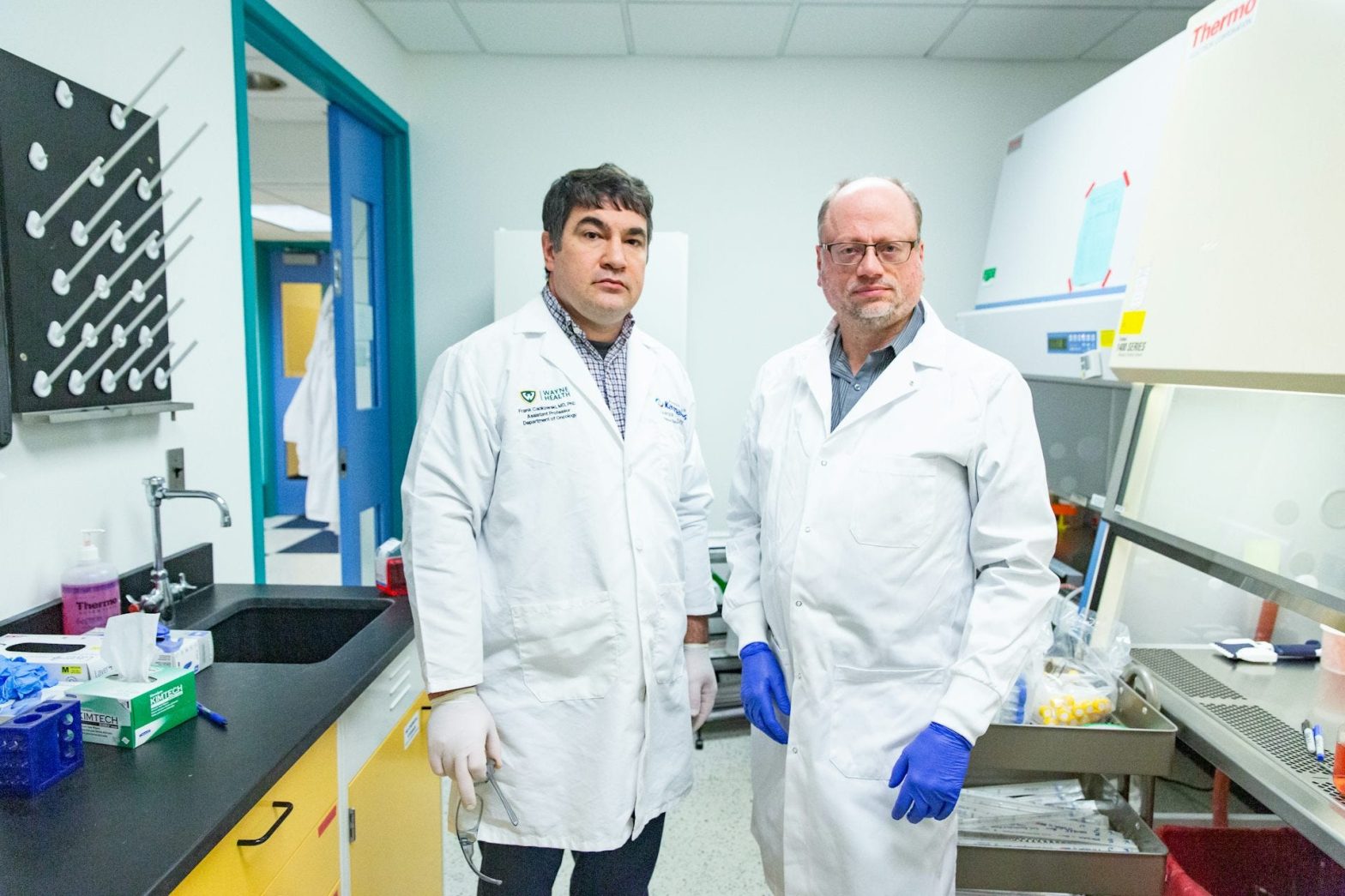The integrity of scientific research is paramount, especially in healthcare, where decisions hinge on reliable data. However, a growing threat looms: fake scientific papers. These bogus studies, often produced by “paper mills,” are infiltrating the scholarly literature, contaminating the knowledge base that doctors, engineers, and researchers rely on. This article, based on an investigative report, sheds light on the insidious world of fake science and its implications for health professionals. We’ll explore the scale of the problem, the motivations behind it, and, most importantly, what steps can be taken to safeguard the integrity of medical knowledge.
The Alarming Scope of Fake Scientific Papers
Pinpointing the exact magnitude of the fake paper problem is challenging. While over 55,000 scholarly papers have been retracted to date, experts estimate that hundreds of thousands of fake papers may be circulating. These fabricated studies can mislead legitimate researchers, leading them down blind alleys and wasting valuable time and resources. Fields like cancer and medicine are particularly vulnerable. The consequences of this contamination are far-reaching, slowing down advancements in lifesaving treatments and therapies.
Even when identified, academic journals often delay retracting these papers, allowing the misinformation to persist. This sluggish response taints the scholarly record and erodes trust in the scientific process.
The Commodification of Science: Publish or Perish
The pressure to publish, driven by university and funding requirements, has created a “publish or perish” culture. This environment has been exploited by fraudsters who prioritize profit over genuine scholarship. Equipped with technology and networks of corrupt researchers, they churn out papers on a range of topics, from obscure genes to artificial intelligence in medicine.
Approximately 119,000 scholarly articles and conference papers are published globally each week. Publishers estimate that around 2% of submitted papers are likely fake, though this figure can be much higher in some publications. This deluge of information makes it increasingly difficult to identify and weed out fraudulent research.
Paper Mills and the Underground Economy of Academic Publishing
A bustling online underground economy has emerged, where authorship, citations, and even academic journal editors are for sale. This fraud, known as “paper mills,” impacts publishers, potentially hurting their bottom line and leading to delisting from important scientific indexes. Some critics argue that legitimate publishers should do more to identify and blacklist journals and authors involved in this practice.
Co-author Guillaume Cabanac developed the Problematic Paper Screener, which filters millions of scholarly papers weekly, seeking clues that a paper might be fake or contain errors.
An Obscure Molecule: The Case of SNHG1
Researchers at Wayne State University discovered irregularities in a 2018 paper about the molecule SNHG1 and its role in prostate cancer. They found duplicated graphs and tables, raising suspicions of data fabrication. The journal eventually retracted the paper. This experience highlighted the frustration of wasting time on fraudulent publications and the potential slowdown of legitimate research.
One of the researchers, Steven Zielske, found that a majority of studies on SNHG1 appeared fake, making it harder to secure funding for legitimate research. He now approaches new research with skepticism, assuming everything is potentially wrong.
The Failure of Peer Review and the Rise of AI
The peer-review process, designed to prevent flawed research from being disseminated, is not foolproof. Reviewers volunteer their time, often assuming research is genuine and may not detect signs of fraud. Some publishers might also select reviewers more likely to accept papers.
Adam Day notes that even honest reviewers have become apathetic due to the volume of poor research. Moreover, AI tools like ChatGPT are now being used to write reviews, further complicating the process.
Fighting Back: Strategies for Identifying and Combating Fake Papers
Several strategies are emerging to combat the spread of fake papers. Jennifer Byrne, who now heads up a research group to improve the reliability of medical research, testified before the U.S. House of Representatives, noting that a significant percentage of cancer research papers screened had errors indicative of paper mill involvement.
She emphasized the unparalleled threat of paper mills to scientific publishing and integrity, estimating that potentially fraudulent articles in human gene science could exceed 100,000.
Here are some strategies worth implementing:
- Critical Evaluation: Always cross-reference data and be skeptical of anything that can’t be verified.
- Leverage Technology: Become acquainted with the Problematic Paper Screener to filter new and existing scholarly papers for inaccuracies.
- Share Information: Use platforms like PubPeer to discuss potential research misconduct and collaborate with peers.
Safeguarding Scientific Integrity: A Call to Action
The contamination of scholarly output by fake scientific papers poses a significant threat to healthcare and other fields. The pressure to publish, combined with the pursuit of profit, has created an environment ripe for exploitation. While challenges remain, heightened awareness, improved detection methods, and a shift away from performance-based metrics offer hope for restoring trust in scientific research.
Health professionals must remain vigilant, critically evaluating research and supporting initiatives that promote transparency and integrity. Only through collective action can we safeguard the knowledge base upon which modern medicine and healthcare decisions depend. By understanding the scope of this issue, medical experts can remain one step ahead in the race for a healthier world.
